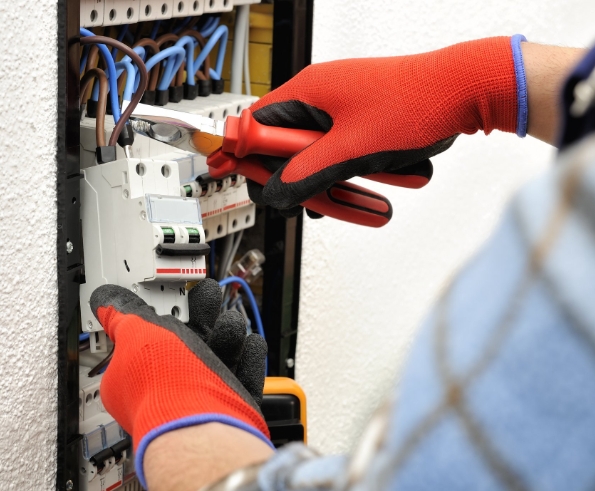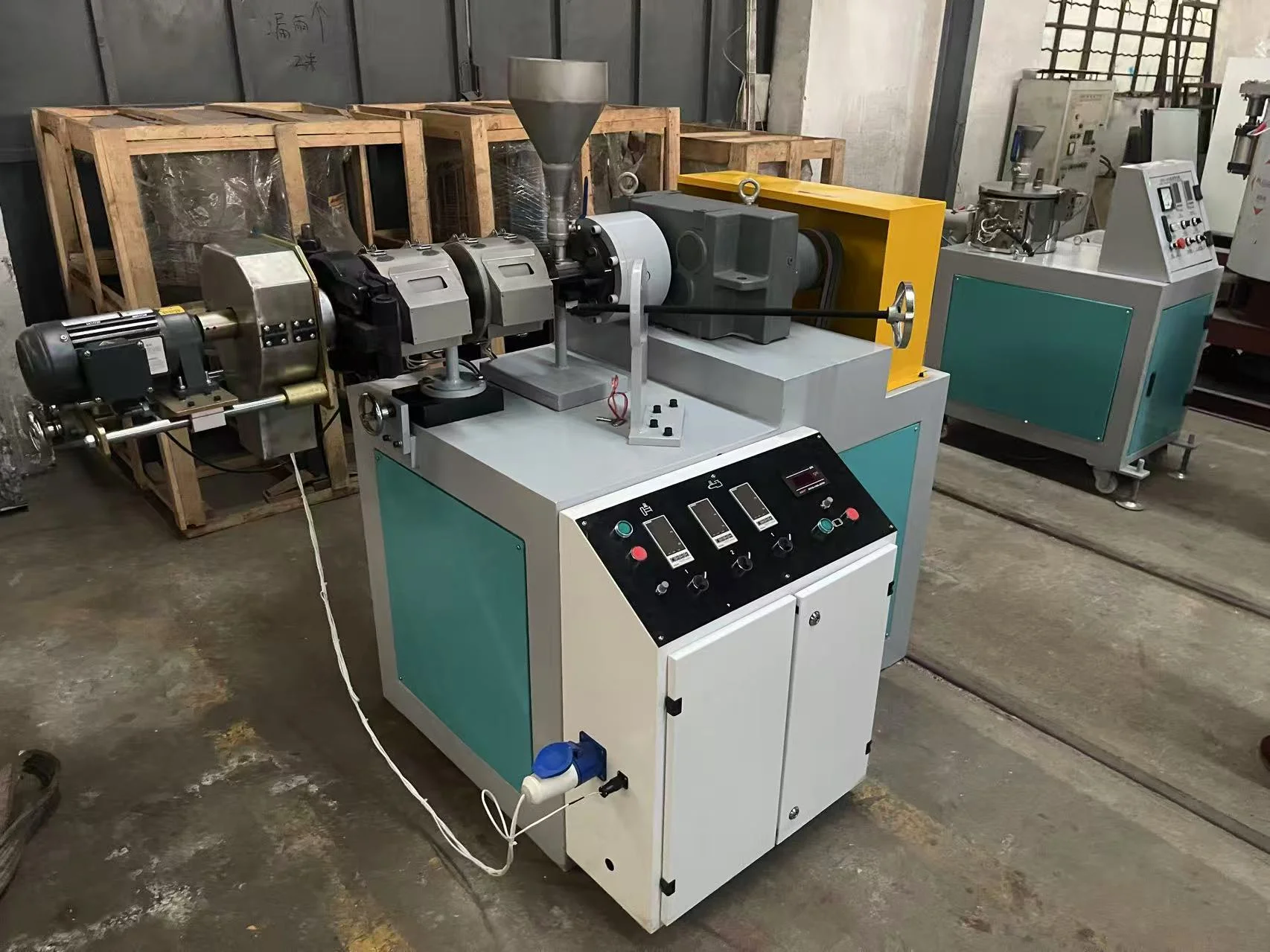Relays are essential components in various industries, enabling the control and automation of electrical circuits. Understanding the different types of relays and their applications is crucial for engineers and technicians alike. In this article, we will delve into the world of relays, exploring the three main types and shedding light on their unique features and uses.
- Electromechanical Relays:
Electromechanical relays, also known as mechanical relays, are the most common type used in industrial applications. They consist of a coil, an armature, and a set of contacts. When an electrical current passes through the coil, it generates a magnetic field that attracts the armature, causing the contacts to close or open. This type of relay offers high switching capacity, making it suitable for heavy-duty applications such as motor control, power distribution, and industrial automation. - Solid-State Relays (SSRs):
Solid-state relays have gained popularity due to their compact size, fast switching speed, and enhanced reliability. Unlike electromechanical relays, SSRs do not have moving parts. Instead, they use semiconductor devices such as thyristors or transistors to perform the switching operation. SSRs are ideal for applications requiring precise control, such as temperature regulation, robotics, and medical equipment. They offer advantages such as noiseless operation, longer lifespan, and resistance to shock and vibration. - Reed Relays:
Reed relays are a specialized type of relay that utilizes reed switches, which are thin, magnetically sensitive metal blades enclosed in a glass tube. When a magnetic field is applied, the reeds attract each other, closing the contacts. Reed relays are known for their high switching speed, low power consumption, and excellent isolation between the coil and contacts. They find applications in telecommunications, test and measurement equipment, and automotive electronics.
Conclusion:
Relays play a vital role in modern technology, enabling efficient and reliable control of electrical circuits. By understanding the three main types of relays - electromechanical relays, solid-state relays, and reed relays - engineers and technicians can select the most suitable relay for their specific applications. Whether it's managing heavy loads, achieving precise control, or ensuring fast response times, relays offer versatile solutions across various industries. Stay informed about the latest advancements in relay technology to unlock their full potential in your projects.




More Stories
Performance, Application Scenarios and Selection of External Panel Materials for Outdoor Mobile Shelters
5 Game-Changing Tips to Supercharge Your Home Theater with a Universal Projector Remote
High-Efficiency Automotive Power MOSFETs Optimized for Electric and Hybrid Vehicles’ Powertrain Systems